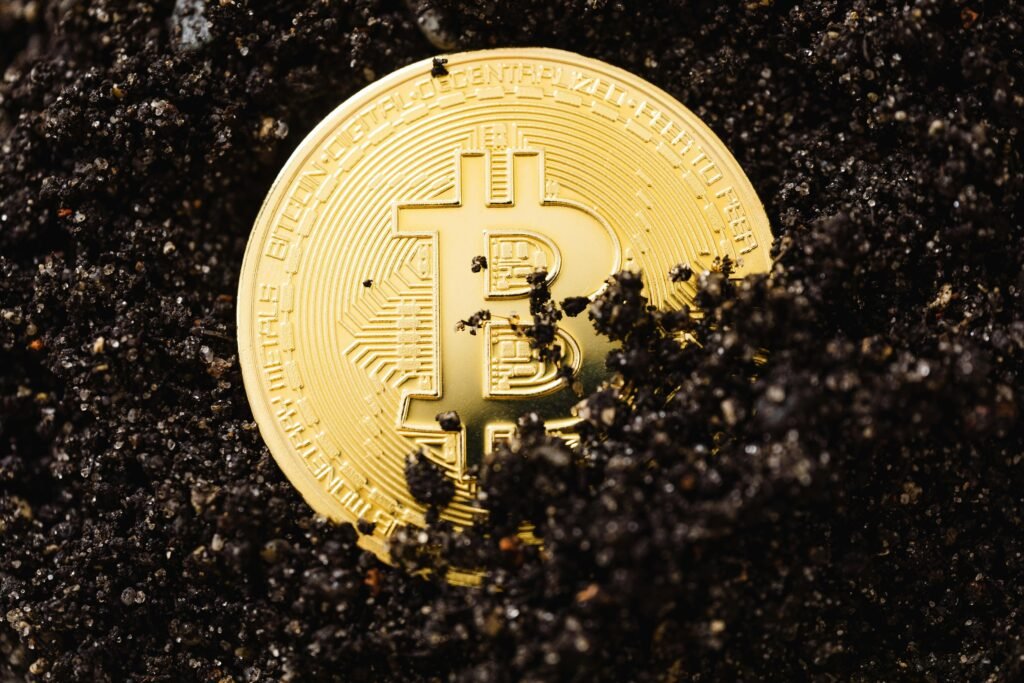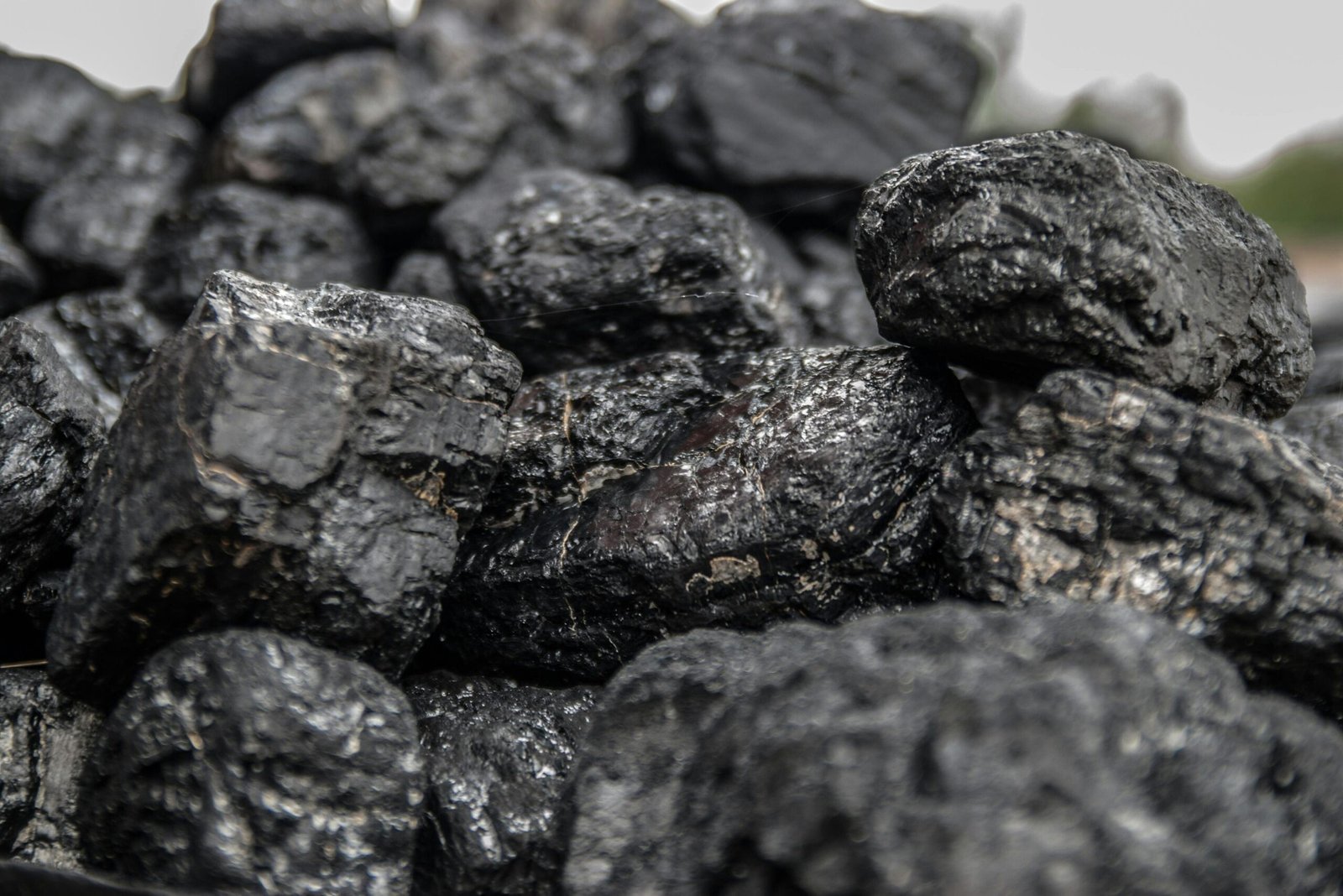The Power Grid Is Quietly Being Hijacked

On the surface, Bitcoin mining sounds like a purely digital activity—something that happens in the cloud, in remote servers, far removed from everyday life. But behind those glowing coins and digital wallets is a shocking amount of raw power consumption. Mining farms are increasingly popping up in places with cheap electricity, and in doing so, they’re slowly taking over power grids. Cities that used to rely on surplus energy for hospitals, schools, and heating are now struggling to keep up. During a cold snap in Texas, one town experienced blackouts because a mining facility had soaked up a giant chunk of the energy supply.
What’s worse? Most residents didn’t even know what was happening. It wasn’t until they noticed their energy bills doubling that questions started pouring in. Bitcoin doesn’t just mine coins—it mines comfort, stability, and essential services. The power grid wasn’t designed for this kind of load, especially from a non-essential industry. And when emergencies strike, guess who gets priority? Not you. It’s a digital gold rush, and we’re footing the electricity bill.
Carbon Emissions Aren’t the Only Problem Anymore
Yes, we’ve heard about the carbon emissions from Bitcoin mining. But that’s only the beginning. The true impact of these massive mining farms goes far beyond just CO2. They’re also pumping heat into the environment at staggering rates. Some facilities are now creating local “heat islands,” where temperatures spike significantly higher than surrounding areas. It’s like a city built entirely out of overheating laptops.
These microclimates are warping weather patterns in subtle but dangerous ways. Local ecosystems—birds, insects, even water cycles—are being thrown off balance. What used to be a predictable climate in small rural towns is now behaving like a moody teenager. Combine that with global temperature increases, and suddenly you’re watching local farmland dry up faster than expected. Climate change used to be a slow, creeping threat. But thanks to energy-hungry crypto farms, it’s getting an express pass.
Water Supplies Are Being Drained to Cool Machines
Bitcoin mining rigs run hot—really hot. So to keep them from melting into useless scrap, massive cooling systems are installed. Many of them rely on water, and not just a little. Some mining farms go through millions of gallons a day just to prevent their machines from combusting. In drought-prone areas, this becomes a nightmare.
Communities already struggling to water crops or keep their taps flowing are now competing with server rooms full of graphics cards. One region in South America had to restrict water usage for residents, while a mining farm nearby continued operations 24/7. It’s the modern equivalent of watching someone pour champagne on a fire while your house burns. And the water doesn’t come back clean—it’s often released as hot, chemical-laced runoff that poisons rivers and wildlife. Bitcoin might be decentralized, but its consequences are dripping down into everyone’s backyard.
Wildlife Is Being Pushed to the Brink
When a mining facility takes root in a region, it’s not just people who feel the change—animals do too. These facilities are massive, often built in once-quiet areas rich in biodiversity. Forests get flattened, rivers get rerouted, and light pollution floods nocturnal habitats. The buzzing and humming of countless machines, paired with 24-hour lights, disrupt animal behaviors in ways we’re only beginning to understand.
Bats stop foraging. Birds migrate incorrectly. Insects disappear entirely from areas they once thrived in. And once these ecosystems are disrupted, it’s not a quick fix. We’re talking about food chains that unravel, one Bitcoin at a time. It’s not that miners hate nature—it’s just not part of the profit equation. But in ignoring it, they’re accelerating a collapse that affects everything, including us. The damage isn’t theoretical. It’s happening now.
Bitcoin Miners Are Quietly Reviving Coal

When renewable sources can’t keep up, miners don’t wait—they revert to the old reliables: coal and oil. In regions with relaxed regulations, crypto farms have actually reopened shuttered coal plants just to feed their power-hungry machines. Think about that for a second. At a time when the world is fighting to transition to green energy, Bitcoin is dragging us back to the dirtiest fuels we know.
It’s not about ignorance—it’s about money. If coal is cheaper, miners will use it. And they’ll wrap it in technical jargon so the public doesn’t realize what’s happening. “Grid stabilization” and “energy arbitrage” sound like innovation, but they’re often just code for burning coal to make coins. It’s a technological time machine—in reverse. And the carbon cost isn’t just local; it radiates out globally. Every coin minted on coal carries a carbon curse.
Waste Heat Is Turning Rivers into Bathtubs
Some mining operations use water from nearby rivers to cool down their hardware, which sounds fine—until you realize they’re dumping it back much hotter than it went in. That heat surge can raise river temperatures by several degrees, enough to disrupt aquatic life completely. Fish that used to thrive in those waters now suffocate. Algae blooms explode. Ecosystems that were delicately balanced for centuries are thrown off course in months.
It’s like giving nature a fever and expecting it to just shake it off. And since these rivers often flow into larger bodies of water, the damage doesn’t stay local. It moves downstream, multiplying the impact. Some of these operations get away with it because they file under outdated industrial cooling laws. Others operate in remote regions where environmental monitoring is lax. Either way, it’s the fish—and eventually, the people—who pay the price.
Bitcoin’s Carbon Footprint Rivals Entire Countries
Here’s a terrifying fact: Bitcoin mining consumes more energy annually than some entire nations. Countries like Argentina, Sweden, and the Netherlands have all been surpassed in power usage by a currency that exists entirely online. And it’s growing. Every transaction, every mined coin, adds another layer to the already monstrous energy bill. What began as a fringe technology has turned into an environmental juggernaut.
The worst part? Unlike traditional industries, Bitcoin mining doesn’t produce food, build infrastructure, or serve any tangible need. It’s speculative, volatile, and driven by digital greed. And yet its impact is profoundly physical. Smoke in the air. Water in short supply. Forests gone. The next time someone says “Bitcoin is the future,” it’s worth asking: what kind of future, exactly?
The Race for Rare Hardware Is Ravaging the Planet
Bitcoin mining doesn’t just gobble up electricity—it devours hardware. And with that comes a demand for rare earth metals like lithium, cobalt, and graphite, all of which have to be torn from the earth, often through environmentally destructive mining practices. These materials are finite, and the race to extract them is leading to deforestation, water pollution, and dangerous working conditions in developing countries. All to power machines that solve math puzzles for digital coins.
The irony? The planet is paying twice: once during the extraction, and again during the mining. What’s worse, the lifespan of mining rigs is short. New, faster machines are constantly replacing old ones, leading to mountains of e-waste. These discarded components often end up in landfills, leaching toxic chemicals into soil and groundwater. While the crypto world praises its cutting-edge innovation, the trail of destruction it leaves behind is anything but futuristic. It’s the same extractive model industries have followed for centuries—only now it’s wrapped in blockchain buzzwords.
Air Quality Is Suffering—and Nobody’s Talking About It
Most conversations around Bitcoin’s environmental impact focus on energy and water. But what about the air we breathe? In regions where Bitcoin miners rely on fossil fuels—especially diesel and coal—the release of particulate matter and nitrogen oxides is affecting local air quality. These pollutants are linked to respiratory issues, heart disease, and even developmental problems in children. And unlike carbon emissions, these don’t just warm the planet—they hit our lungs directly.
The tricky part? These facilities often operate in rural or economically disadvantaged areas where environmental monitoring is weak. That means no air sensors, no data, and no accountability. Residents may complain about breathing problems, but without proof, their voices get drowned out by profits. Bitcoin miners don’t have to report their pollution levels like traditional factories do. So the toxins just keep flowing—quietly, invisibly, and unchecked. It’s pollution without paperwork, and the health costs are mounting.
Noise Pollution Is Becoming a Daily Nightmare

You wouldn’t expect Bitcoin to be loud—it’s a digital currency, right? But the reality is, mining rigs make a constant, high-pitched humming sound that never stops. Multiply that by thousands of machines packed into metal containers or warehouses, and you’ve got a sonic nightmare. Some residents near mining sites compare the noise to a jet engine that never turns off. Others say it’s like living inside a broken refrigerator, 24/7.
Sleep becomes impossible. Mental health takes a nosedive. And the worst part? There are no real regulations to control it. In some towns, homeowners have had to seal their windows shut and install soundproofing just to get a few hours of peace. And unlike a factory that operates during work hours, Bitcoin miners run all day and night. The machines don’t care if it’s 2 a.m. The money never sleeps—and neither do the neighbors.
Bitcoin Miners Are Exploiting Legal Loopholes at Scale
One reason Bitcoin mining continues to grow unchecked is the lack of clear regulatory frameworks. In many places, crypto miners register as “data centers” or “tech startups” to avoid stricter environmental oversight. This allows them to skirt permits, ignore emissions caps, and tap into energy supplies meant for public infrastructure. It’s not exactly illegal—it’s just one step ahead of the law.
And they’re not hiding it. Legal teams are often hired before the mining rigs are even purchased. Local governments are wooed with promises of “innovation” and “economic growth,” even though most of the profits leave the community entirely. Once the facility is up and running, it’s too late. Enforcement agencies are left scrambling to keep up with an industry that thrives in the shadows. By the time regulations are passed, the miners have either moved—or dug in.
Local Economies Aren’t Reaping the Benefits
Crypto companies love to say they’re “boosting local economies.” But peel back the buzzwords and it’s a different story. The jobs they create are few, often technical, and rarely go to locals without specialized training. The bulk of the economic benefits—mining rewards, investor returns—are funneled back to distant stakeholders. Meanwhile, local residents deal with higher utility bills, environmental damage, and declining property values.
What kind of deal is that? One town in the U.S. saw real estate prices drop after a mining farm moved in, simply because no one wanted to live next to it. Businesses relying on steady electricity suffered outages, while crypto miners raked in profits. Instead of bringing prosperity, Bitcoin mining often leaves economic inequality in its wake. It’s a wealth vacuum disguised as tech innovation. And it’s slowly hollowing out communities from the inside.
Bitcoin Mining Is a Climate Wild Card No One’s Accounting For
Here’s the most alarming part: most climate models don’t even include the full impact of Bitcoin mining. As global leaders make pledges and plans to cut emissions, crypto’s carbon footprint often gets left off the table. It’s a rogue element in the climate equation—growing quietly, rapidly, and outside traditional metrics. Even countries with strong green commitments are hosting energy-guzzling mining operations without batting an eye.
This blind spot could derail global progress. One study warned that Bitcoin emissions alone could push us past the 2°C warming threshold if adoption continues unchecked. That’s not a distant “what-if”—that’s a very real possibility. And because mining is decentralized, there’s no single authority to hold accountable. Every mining operation is its own mini power plant, scattered across the globe like environmental landmines. The longer we ignore it, the more irreversible the damage becomes. It’s not just a technical issue—it’s a global blind spot with planetary consequences.
